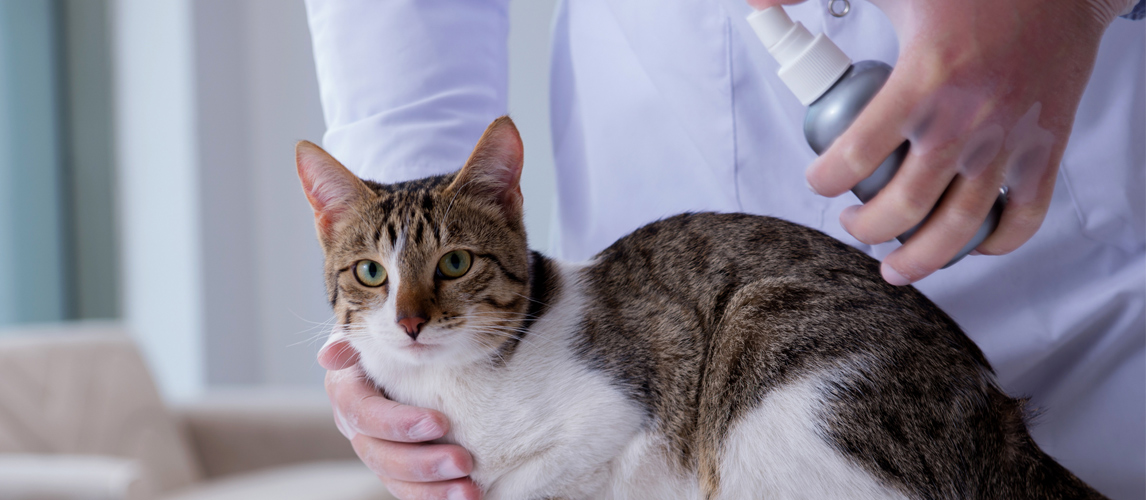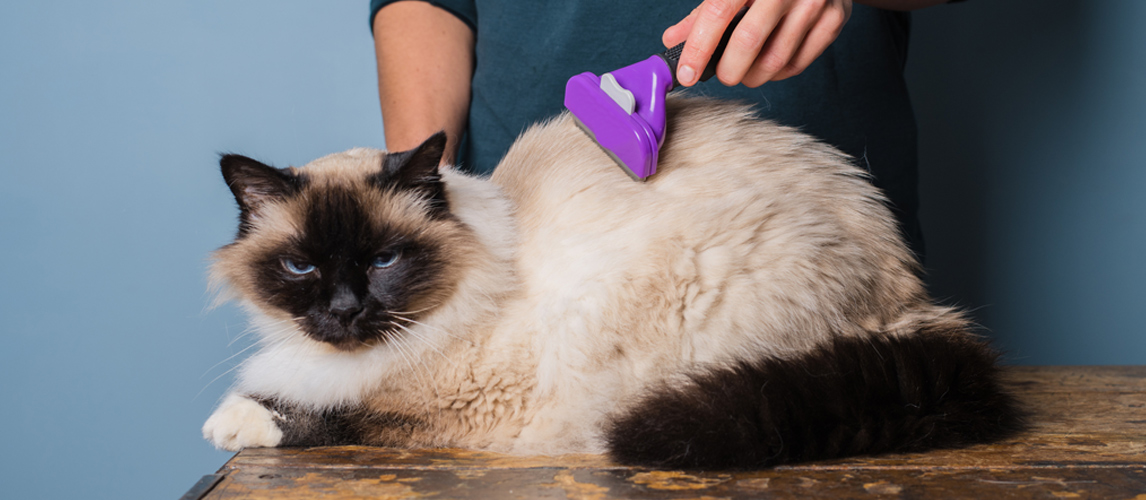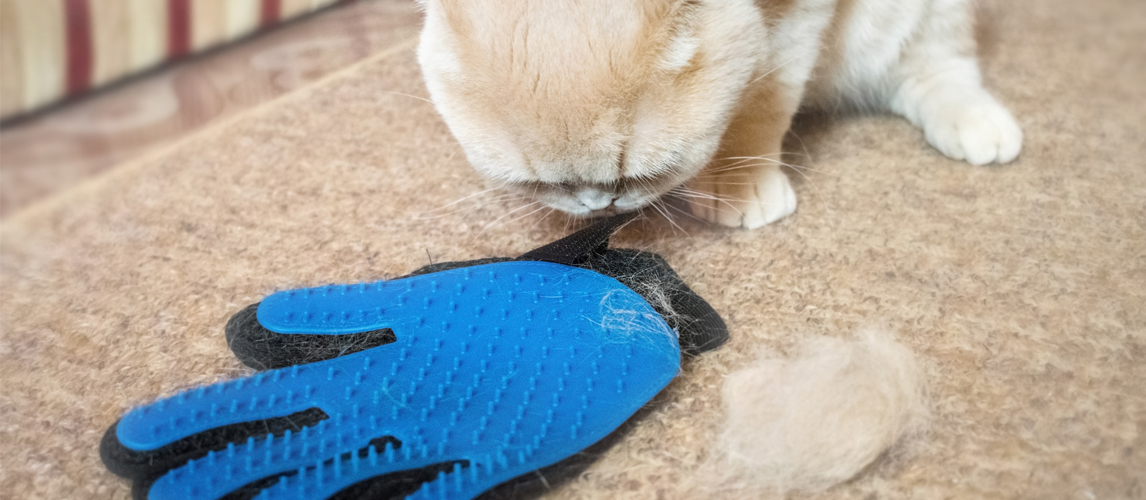Here’s a challenge for you: think back over all the cats you know and try to see if you can remember meeting a male calico cat. Take your time, I’ll wait…Can’t think of any? Well, that isn’t all that surprising. While they do exist, male calicos are extremely rare; some researchers even suggest that they only they consist of only 1 in 3000 calico cats! In this blog piece, I am going to investigate this phenomenon and attempt to explain the science behind it.
Meet the Calico Cat
First, we need to get our definitions straight. Although many people mistakenly view calico cats as a breed, they are actually a coat colouring. This means you could have a Calico American Shorthair, a Calico Persian, or a Calico Siberian.
They are one of the particolored colorings as this means that they consist of two or more colors. More specifically, calico coloring is considered to be ‘tricolor’ because, as you probably guessed, calico cats have patches of three distinct colors: orange, black and white. Their patterns are distinct from other particolored cats, such as tortoiseshell cats, who are bicolored as they have only black and orange fur, tabby cats, who have distinct stripy or swirling patterns in their fur, and tuxedo cats who are black with a white chest.
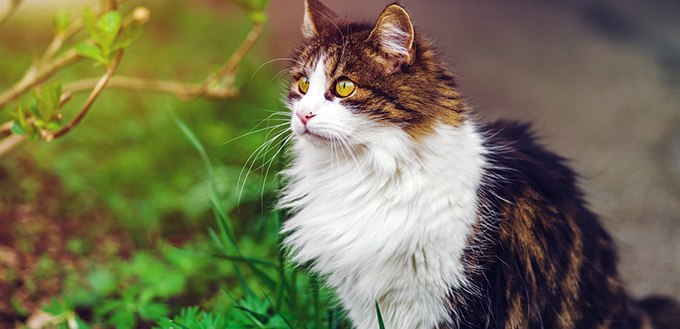
The Science Behind Cats’ Coats
All cats’ coats originate from two colors, black and red. It is the combination of these colors that can create shades such as chocolate, lilac, fawn and cream, and patterns such as calico, tabby, and tortoiseshell. Orange colors and shades are dominant over recessive non-orange colors, which are generally black-based shades. The white patches prevalent on calico cats, as well as many other fur types, are a separate gene which produces a lack of pigmentation, called ‘piebalding’. In calicos, this can appear on their abdomen, chest, legs and chin.
Genetically, cats have 38 chromosomes. They get 19 from their mums and another 19 from their dads. Of these 38 chromosomes, the pair that determines the color of a cat’s coat is the same as can help to determine gender, the X chromosome. As you may remember from your biology lessons back at school, two X chromosomes occur in girls, while boys have XY chromosomes. Mothers always pass on an X to their offspring, whilst fathers determine the gender of a baby, or kitten, by passing on either an X or a Y chromosome.
This means that mother cats always pass on the genetic information about their fur, while father cats only influence the fur of their female offspring. Male offspring, therefore, inherit their color from their mother, but what happens to female coats when their mother’s and father’s coats are different? This is how calico cats are born.
Every cell of any living being holds the genetic makeup of that person. In female cats with conflicting genetic information from their parents, each cell randomly ‘turns off’ one of the options. This creates the patches in many particolored cats including calico cats.
Feminine Felines
Understanding how calico genes work explains why most calico cats are female. Let’s take some examples to better explain it:
- An orange coated mother and a black coated father have a litter
- Their sons have XY genes, with the X coming from their mother. As that X determines color, their sons are orange.
- Their daughters have XX genes, with an X coming from each. This means they have the potential for both black and orange, leading to patches of both as each cell randomly activates one and deactivates the others.
Another example further demonstrates how male calicos cats don’t happen under normal circumstances:
- A calico mother and a father with black fur have a litter
- Their sons have XY genes, with the X coming from their mother. Their mother has two X chromosomes, one orange and another black. She can only pass on one to each son. This means they can be either black or orange, but not both.
- Their daughters have XX genes, with an X coming from each parent. As above, they may get an orange X chromosome or a black X chromosome from their mother. But can only get a black chromosome from their father. This means they can either be black, if they inherit their mother’s black fur gene, or they can be calico, if they inherit the orange fur gene.
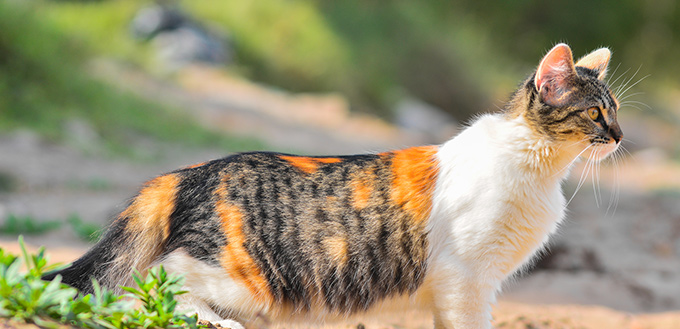
Are Male Calicos Even Possible?
This doesn’t mean that ALL calico cats are female, however. There are some male calicos, but there are around 1 in 3000 of them and they usually can’t genetically pass on their coat, which means they aren’t useful for breeders.
Male calicos exist through three rare genetic anomalies:
- A mutation in the embryo which puts some patches of black fur on an otherwise orange coat. This doesn’t impact their genetics, meaning the genetic code which they pass to their offspring remains orange.
- A fusion of two fertilized eggs in the womb, also known as chimerism, means that two different kittens, one black and one orange, become one calico kitten.
- Klinefelter syndrome. This is the most widely reported, but least common cause for male calico kittens. This is a rare genetic condition in which animals have an ‘XXY’ genetic code. The Y makes the cat externally male, while the XX allows for the conflicting color genes that are found in female calicos. This syndrome, however, also makes cats sterile.
Other Gender-Specific Coats
Calico cats aren’t the only cats with coats that are largely determined by gender. As you can imagine, having the gene for fur color in the X chromosome impacts in other ways as well. For example, tortoiseshell cats’ genetics, gender, and color work in a similar way to calicos’.
A different example can be seen in orange cats as 81% of orange cats are male. This is because a female cat needs the orange to be present on both of her X chromosome to be orange rather than calico, whereas a male cat only has one X chromosome from a mother who is carrying the orange gene. All the sons of an orange mother across her lifetime will be orange. However, her daughters will depend on the fur of their father, making them fully orange if their father is orange, but particolored if their father is any other color.
You may also like our ultimate breeds guides on the Cymric Cat and Minskin Cat.
Sources:
- Sarah Stone, Why Calico Cats Are Almost Always Female, Business Insider
- Dr. Marty Becker DVM, Can Calico Cats Be Male?, VetStreet


